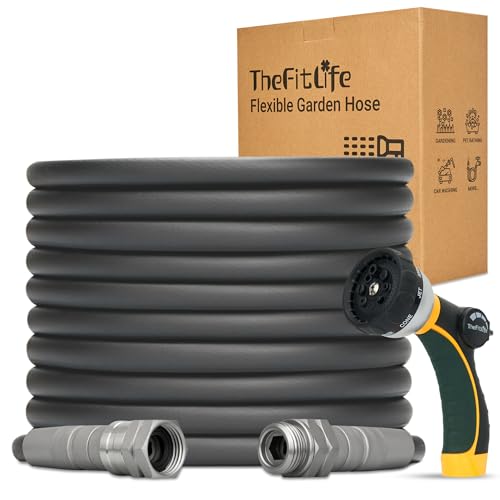



Addressing the issue of water escaping from your equipment is critical for maintaining optimal performance. The most common cause of this problem often lies in the seals or o-rings. If these components become worn out or damaged, it can lead to unwanted moisture escaping during operation. Inspect these parts regularly and replace them as necessary to restore functionality.
Another frequent culprit is a malfunctioning or misaligned connection between the hose and gun. Ensure that these connections are tight and free from debris. A simple adjustment can often resolve any leaking issues, allowing for a more effective cleaning session without interruptions.
Also, consider the possibility of internal damage within the mechanism itself. Cracks or other forms of wear can develop over time, leading to significant loss of liquid. If you’ve noticed persistent leakage, examining the internal components may reveal the underlying issue. Keep an eye on the overall condition of the device to ensure longevity and reliability.
Identifying the source of the leak in your washer’s mechanism
Examine the fittings and hoses first. A loose connection may allow a stream of liquid to escape. Ensure all couplings are tightened securely. Use a wrench to avoid overtightening, which could lead to damaging the materials.
Inspect the seals
Check the seals around the inlet and outlet. Over time, these components can wear down, leading to deterioration. If you notice cracks or hardening, replace them immediately. Using proper replacement seals will ensure a tight fit and prevent any escape of fluid.
Look for cracks in the casing
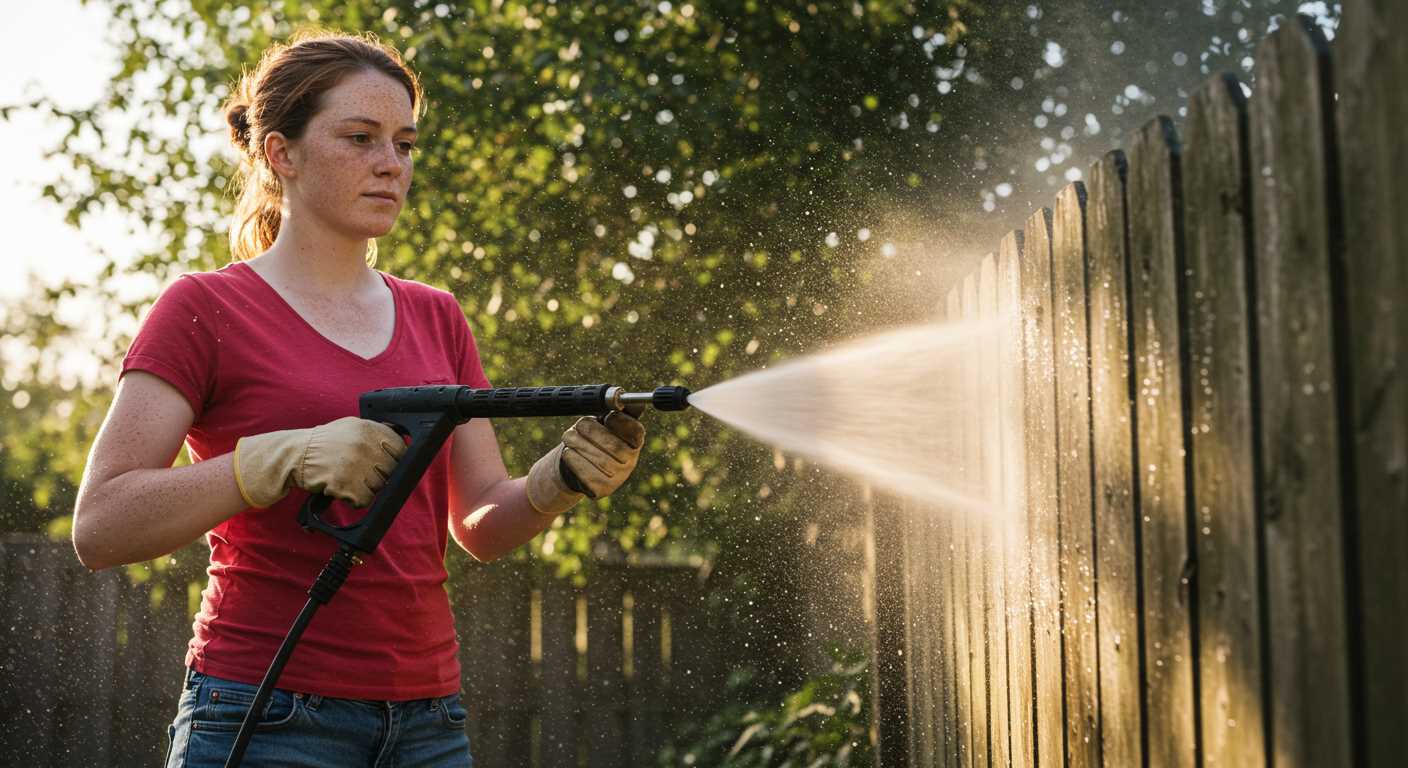
Thoroughly inspect the outer casing of the unit. Age, exposure to harsh chemicals, or physical impact can cause cracks. If you find any flaws, you may need to replace the entire unit or consult a professional for repairs.
Monitor the behaviour of the machine during operation. If liquid escapes while in use, closely observe the areas roughly from where it originates. This can help pinpoint the exact source of the issue.
Regular maintenance contributes to the longevity of your cleaning device. Keep everything clean and free from debris to extend the life of seals and hose connections. Always store the equipment in a dry environment to prevent additional wear.
Common seals and gaskets that can cause leaks
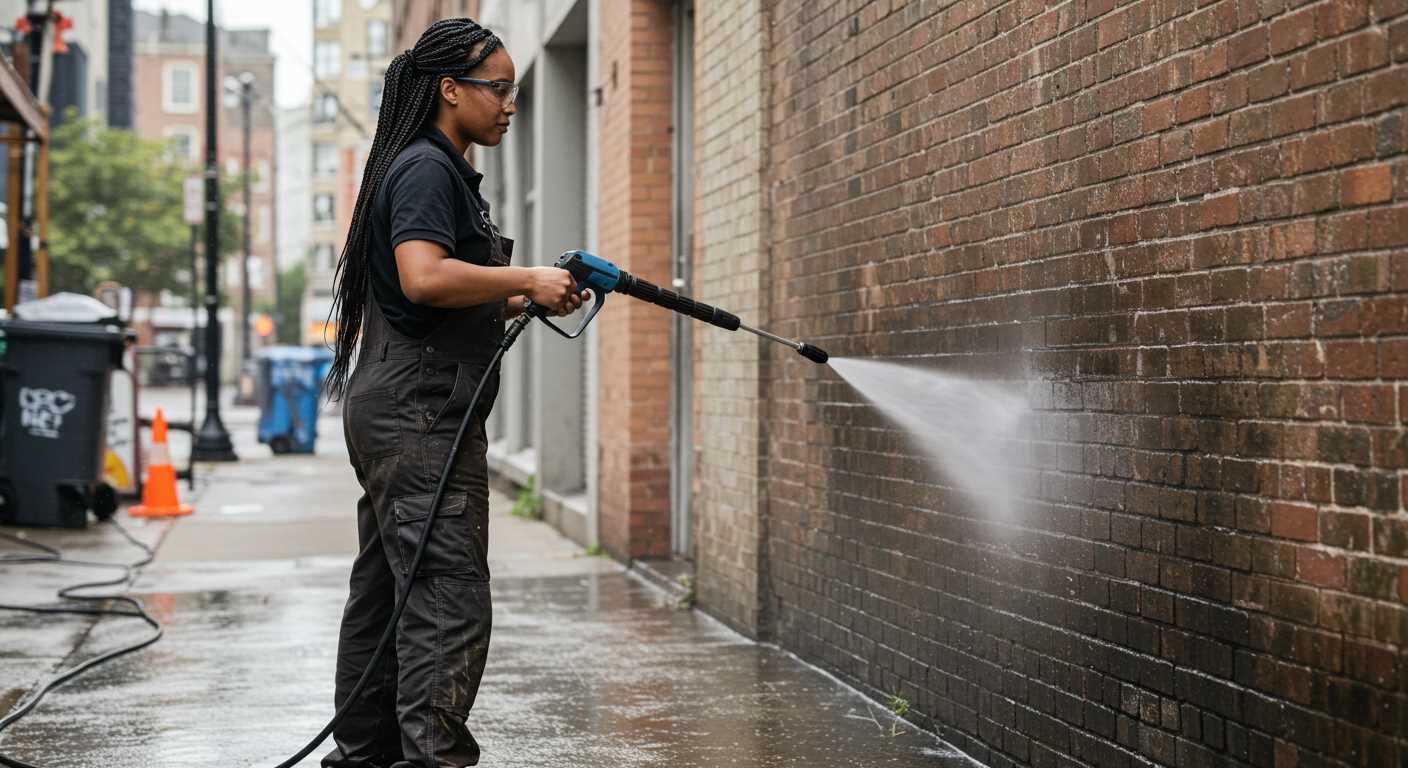
The O-rings and gaskets in your device play a vital role in maintaining integrity and preventing escape of fluids. A compromised O-ring can lead to significant issues. These circular seals fit into grooves and provide a reliable barrier when compressed. Regular inspection and replacement are recommended to ensure optimal performance.
Another common culprit is the inlet and outlet gaskets. These flat seals fit between the various components of the system. If they become worn or damaged, they can allow fluid to escape. Replacing them during regular maintenance can help mitigate potential leaks.
Don’t overlook the importance of the piston seals, which are essential in maintaining pressure within the unit. Damage or wear on these seals can lead to inefficient operation and leakage. Regularly checking these components during disassembly for cleaning or repairs can save from future problems.
Lastly, pay attention to the manifold seals. These components are crucial in connecting various sections and ensuring a tight seal. If you notice any leaks near the manifold, inspecting and replacing these seals is advisable to restore functionality and prevent further complications.
How to check for cracked or damaged pump housing
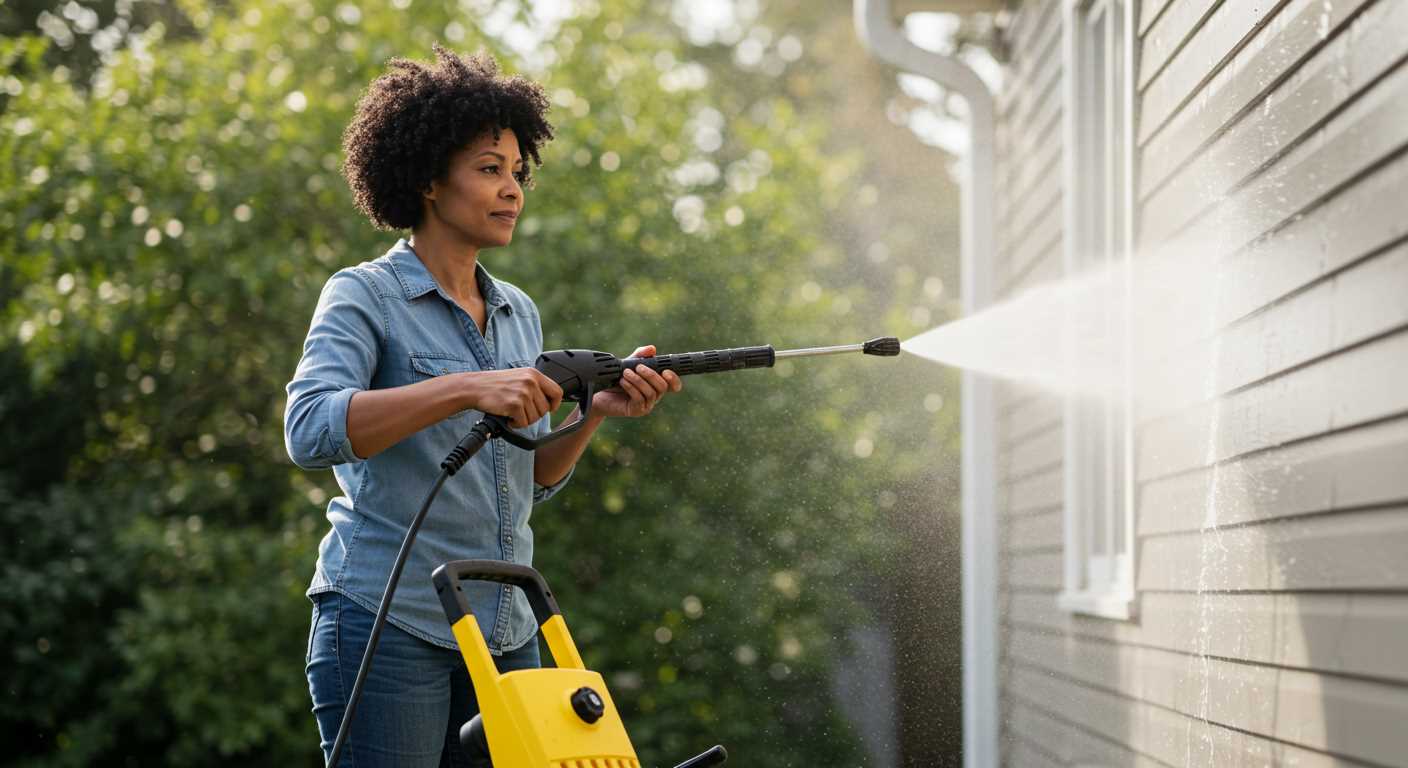
Begin your inspection by visually examining the outer casing for any visible cracks or chips. Pay special attention to areas near the inlet and outlet ports, which are often more susceptible to damage due to pressure fluctuations.
Next, clean the surface of the housing to remove any grime that could obscure potential fractures. A soft cloth with mild soap will help you see any signs of trouble more clearly.
Once the area is clean, run your fingers along the seams and joints of the casing. If you feel any roughness or irregularities, this may indicate structural issues.
For a more thorough evaluation, apply a soapy water solution to the housing while the system is operational. Look for bubbles forming, as they signal air escaping from cracks or holes.
If any damage is spotted, it’s crucial to assess the extent. Small cracks might be repairable with epoxy or sealant, but more significant fractures typically require complete housing replacement. Always consult the manufacturer’s manual for guidelines tailored to your specific model.
Depending on the severity of the damage, you may need to weigh the cost of repairs against purchasing a new unit. This decision often hinges on the age and condition of your equipment.
Examining the Inlet and Outlet Hoses for Leaks
Start with a visual inspection of the hoses connected to your unit. Look for any signs of wear, such as cracks, bulges or fraying. Pay special attention to the connection points where the hoses meet the equipment to ensure there are no gaps or misalignments.
Next, perform a squeeze test on the hoses. Gently squeeze sections of the hose, feeling for any abnormalities. If you detect soft spots or a loss of rigidity, it’s likely that the hose has deteriorated and requires replacement.
Ensure that the fittings are secure. Loose connections can lead to a significant loss of fluid during operation. Tighten any loose hoses with appropriate tools, but avoid over-tightening, which could damage the threads or fittings.
To further confirm your findings, conduct a pressure test. With your system powered up, observe the hoses under operational pressure. Any seepage observed during this test indicates a compromise in the hose integrity.
If leaks are detected, replacing the affected hose is immediate. Ensure you select hoses that match the required specifications for your system to maintain optimal performance.
Understanding the role of unloader valves in pump leaks
The unloader valve is critical in managing the operational pressure of the system. If there is an issue with this component, it can lead to an unusual discharge of liquid from the housing. A malfunctioning unloader can cause the mechanism to either retain too much fluid or allow excessive flow during idle cycles.
To assess whether the unloader is contributing to the issue, observe the following steps:
| Step | Description |
|---|---|
| 1 | Inspect the unloader for any visible wear or damage. Look for corrosion or cracks that might indicate it needs replacement. |
| 2 | Check the setting of the unloader. If it is set too high or too low, it can cause the system to operate outside its intended parameters. |
| 3 | Test the unloader valve by disconnecting the system from the source. Observe any liquid leaking from the valve itself when the unit is not in use. |
| 4 | Ensure that the valve is functioning properly by activating the unit and watching for fluid discharge when the trigger is released. |
Should the unloader valve be the culprit, replacing it can often restore proper operation and eliminate unnecessary leakage. Always refer to the manufacturer’s guidelines for specific replacement parts and procedures to ensure effectiveness.
How to maintain your equipment to prevent leaks
Regular upkeep is the key to avoiding fluid escape from your device. Here are specific practices I recommend:
- Routine Inspection: Check components for wear and tear before each use. Focus on seals, gaskets, and fittings.
- Use the Right Fluids: Only utilise fluids recommended by the manufacturer. Substitutions can lead to damage over time.
- Clean Filters: Clogged or dirty filters can cause pressure inconsistencies that lead to leaks. Ensure they are cleaned regularly.
- Maintain Hose Integrity: Look for signs of abrasion or cracking in hoses. Replace any damaged sections immediately.
- Check Connections: Ensure all fittings are tight. Loose connections can create gaps where leaks can occur.
- Store Properly: After use, store the equipment in a dry, controlled environment to prevent component degradation.
Adopting these practices will extend the lifespan of your machinery and reduce the potential for unwanted leaks significantly.
When to Replace the Pressure Washer Pump
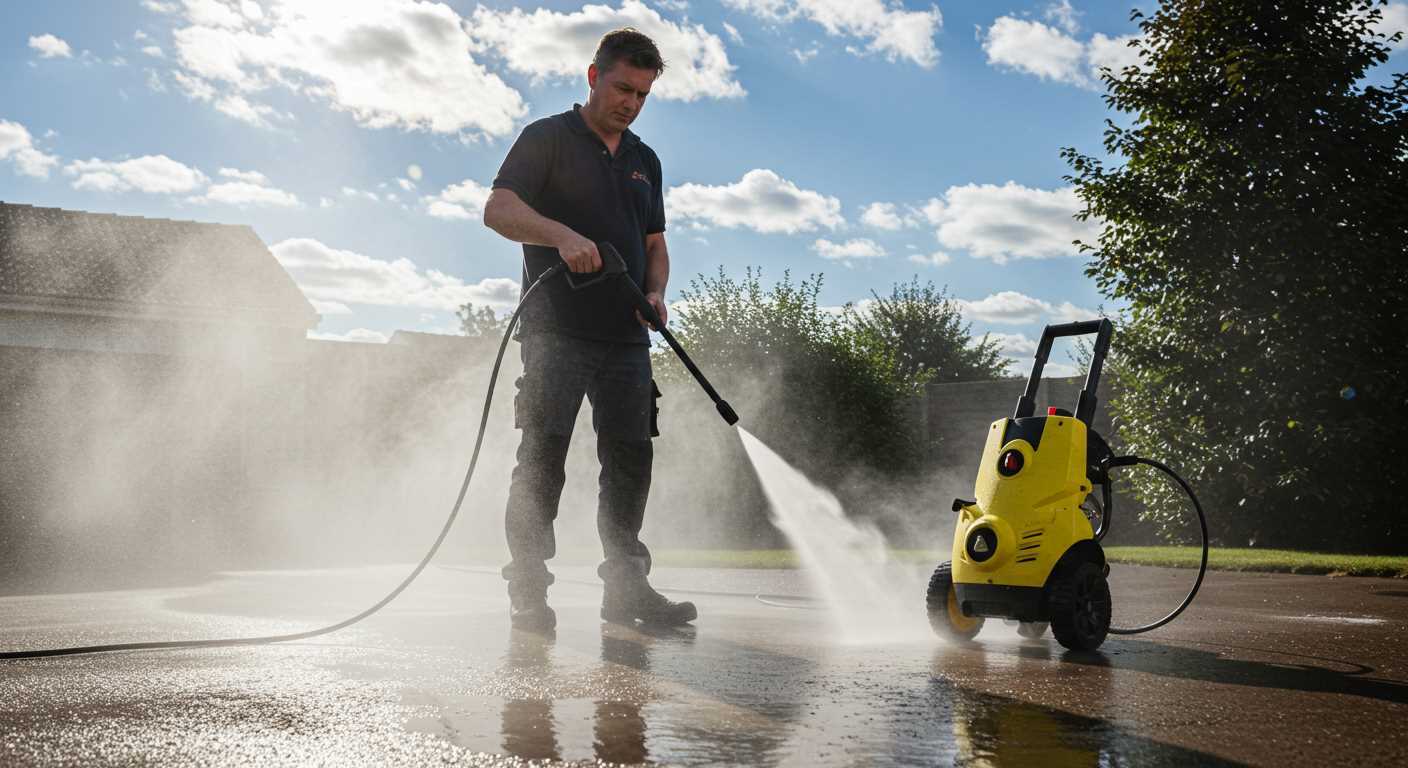
Replace your cleaning equipment’s mechanism immediately if you observe persistent leaks that cannot be fixed with seals or gaskets. The pump should also be changed if you encounter abnormal noises like grinding or a reduction in pressure, as this can indicate significant internal damage.
Signs of Complete Failure
If you notice brownish or rust-coloured fluid leaking from the housing, it may signal internal corrosion, suggesting that a replacement is unavoidable. In addition, if the machine emits excessive vibrations during operation, this could imply misalignment or wear that compromises its functionality.
Consider the Age
Evaluate the age of your equipment. Most mechanisms have a lifespan of 5 to 10 years, depending on usage and maintenance. If yours is nearing this age and starts showing failure signs, it may be more economical to invest in a new unit instead of frequent repairs.
Consult your user manual for specific replacement times and guidelines based on manufacturer recommendations. Regular checks can prevent unexpected breakdowns and save you from costly replacements of the entire system.
Steps to troubleshoot and fix minor leaks yourself
Inspect all connections and ensure they are tight. A loose fitting can often be the culprit. Start by hand-tightening connectors and then use a wrench if necessary.
Examine seals and gaskets. If any appear worn or damaged, replace them. Here’s how to do it:
- Remove the relevant part carefully to access the seal or gasket.
- Clean the surface thoroughly to ensure a good seal.
- Install a new seal or gasket, making sure it fits snugly.
Check the housing for cracks. Inspect visually, and if you find any imperfections, seal them with waterproof epoxy or replace the housing entirely. Make sure to:
- Turn off the machine and relieve any pressure before starting.
- Use a cloth to wipe away any debris that may obstruct the seal.
Look closely at the inlet and outlet hoses. Pinpoint any wear or damage, as these can cause significant issues. Follow these steps:
- Disconnect hoses from the machine.
- Check for visible holes or tears. If found, replace the hose.
- Ensure hose connections are secure when reattaching.
Understand the function of the unloader valve. If this component is not functioning correctly, it may lead to discharge issues. To inspect it:
- Locate the valve typically near the pump.
- Ensure it moves freely and is not stuck.
- If damaged, replace it based on manufacturer specifications.
Regular cleaning and maintenance are key to prolonging the life of your equipment. Adhere to these preventive practices:
- Flush the system with clean water after use.
- Store the machine indoors, protecting it from environmental wear.
If repairs don’t resolve the problem after thorough checks, consider replacing the entire unit. Look for signs of age or irreparable damage that might hinder performance. Weigh the cost of fixing versus the cost of a new model.



